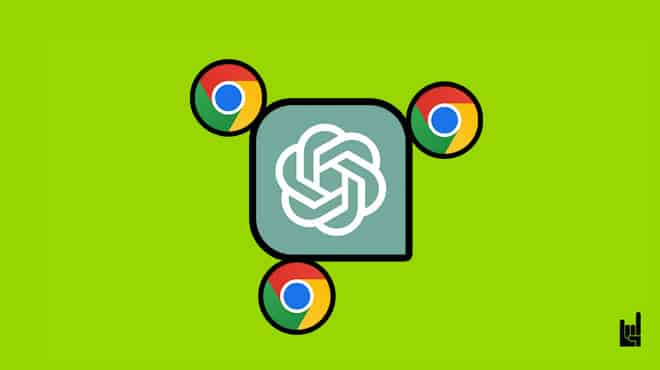A prompt is a set of instructions or questions provided to a person or a system to elicit a response. In the context of a conversational AI, a prompt is the user’s input, which could be a question, command, or any statement that the AI responds to. In a prompt, I could:
* Ask to get an answer
* Ask to check the correctness of my prompt (hence refining the answer)
* Ask to help me compose the question in case I don’t know how to do it in an optimal way (hence to generate the prompt)
Prompt engineering is the art and science of designing inputs, known as prompts, to obtain desired outputs from AI models, particularly generative AI.
Most prompts work similarly across major generative AI platforms because fundamental elements like “cues” and “methods” are largely consistent. This means that a prompt used in ChatGPT will typically function similarly in Microsoft Copilot or Google Gemini. However, subtle differences may exist in how each platform interprets certain inputs, so it can be beneficial to adjust prompts slightly to fit the specific nuances of each AI system for the best results.
AI can be a valuable tool for working with prompts by:
* Assisting in prompt creation: AI can guide you in structuring your prompt to ensure clarity and relevance for the task at hand. Use the prompt generator method.
* Verifying prompt accuracy: AI can evaluate your prompt for potential issues, such as ambiguity, incomplete details, or incorrect phrasing.
* Enhancing and optimizing prompts: AI can suggest improvements or alternative phrasings to make your prompt more effective and aligned with your desired outcome.


